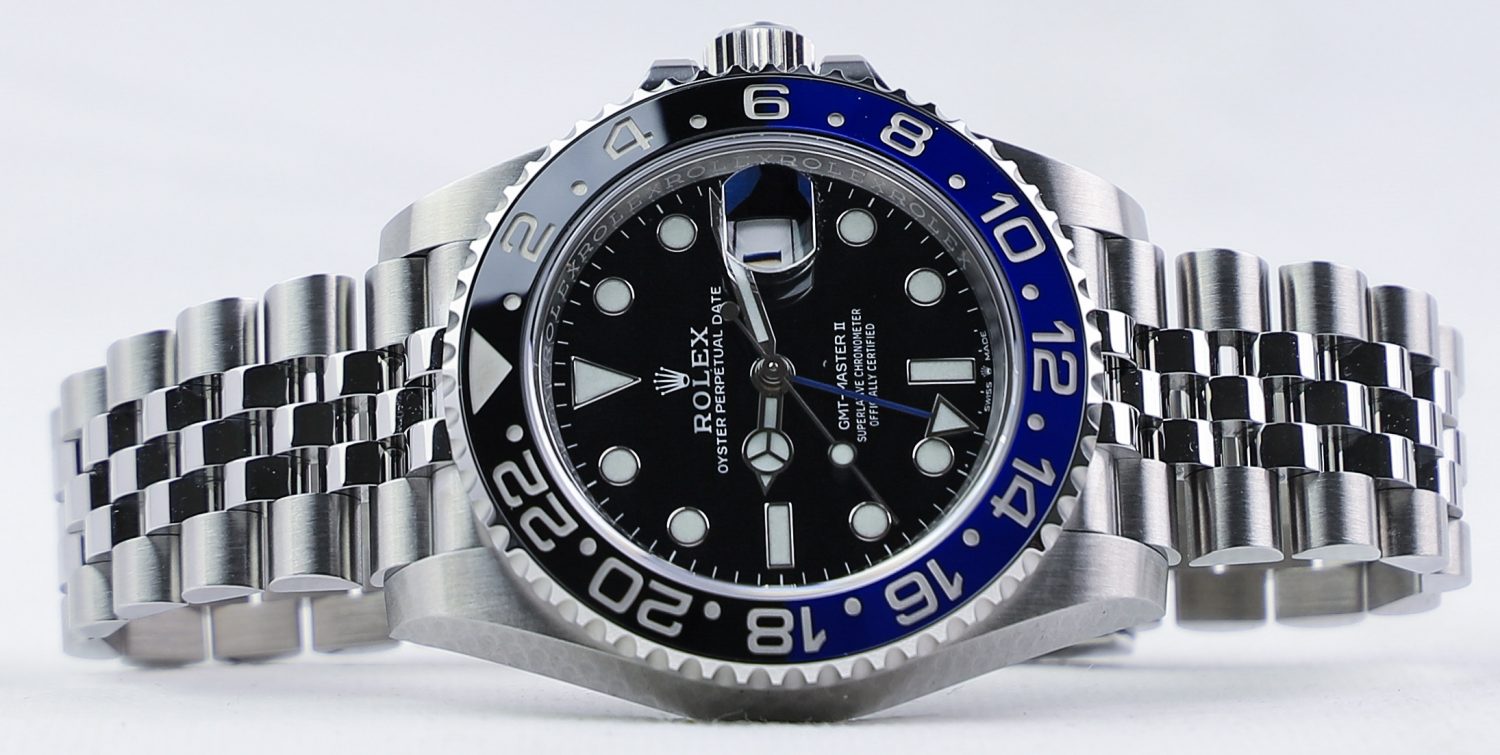
Rolex Jubilee Bracelet: Complete Guide
The bracelet on which a watch is on actually plays an important role in how the watch looks and wears.
Over the years, Rolex has made some designs of watches that have become true icons, but over time, Rolex’s bracelets have also come to become loved, iconic, and appreciated watch bracelet thanks to their design, comfort, and look.
In this article, we will focus on the Rolex Jubilee bracelet. Because just like with their watches, Rolex has continuously improved, redesigned, and refined its bracelet in order to be more reliable, more robust, and ultimately, ”perpetual”.
This goes in line with Rolex as a brand of always trying to perfect and improve. Remember, Rolex is not about revolution, but evolution. This is why the Jubilee bracelet from Rolex today is so much more reliable and robust compared to when it was first launched.
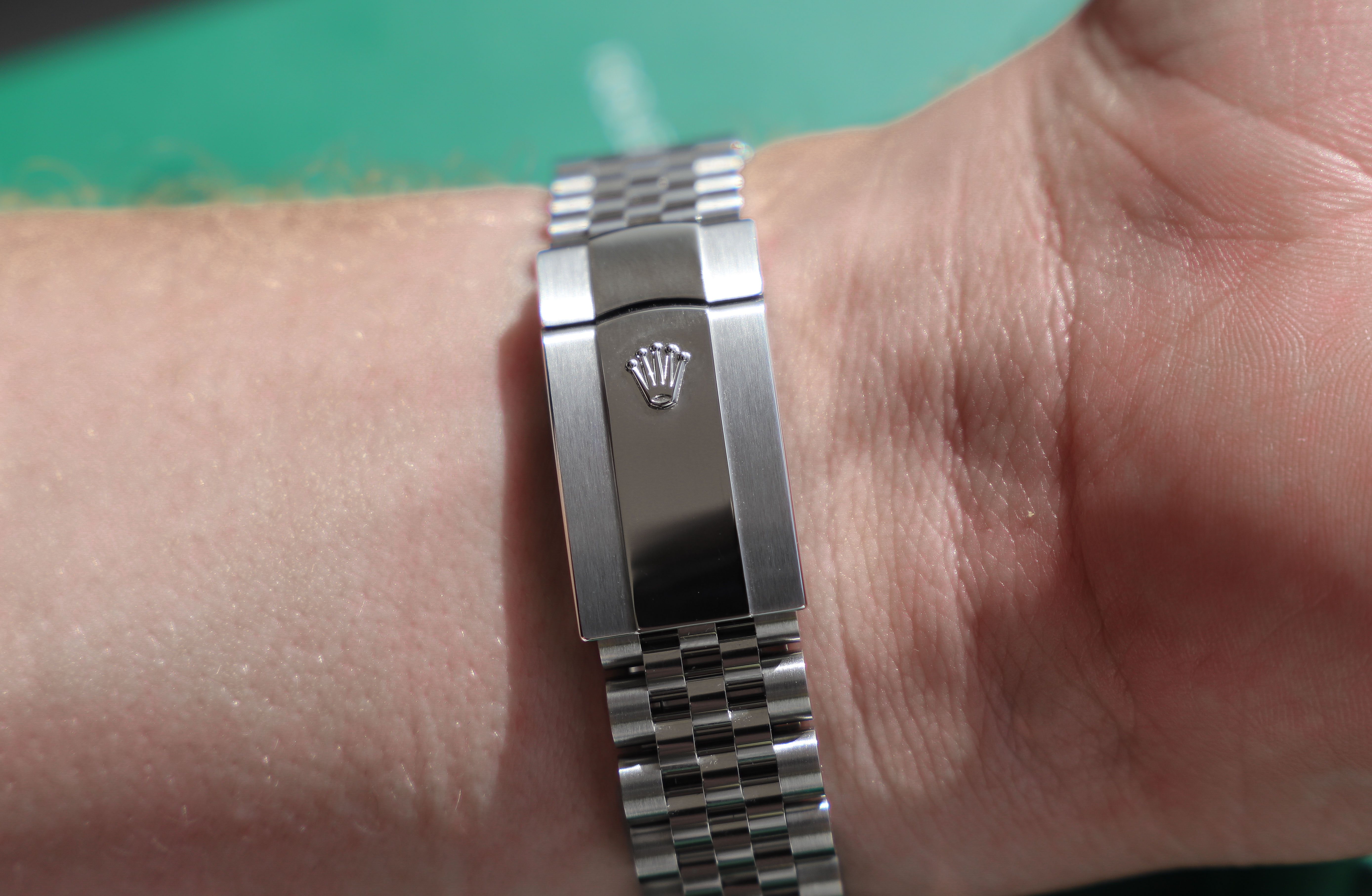
Rolex jubilee bracelet: History and background
The Rolex Jubilee bracelet was first launched in 1945. As the name suggests, it was released to celebrate a jubilee. More specifically, in celebration of Rolex’s 40th anniversary. Originally, the Jubilee bracelet was specifically designed for the Datejust line, but as you know, that is not the case today.
Over the years, the Jubilee bracelet has been improved and refined, but in its design, it remains largely unchanged throughout the years. Initially, the Jubilee bracelet was only available in solid gold but eventually came to become offered in two-tone and steel variants. The reason for this is that the President bracelet stepped up and took this place as Rolex’s premier bracelet option when it was released in the 1950s. Today, the Jubilee bracelet is made in all metals except full gold and platinum.
Further on, the Jubilee bracelet was also offered on some of Rolex’s Professional models such as the GMT-Master. This has now come full swing, as Rolex, after a break, now offers professional watches with the Jubilee bracelet. More specifically some of the references in the GMT-Master II range.
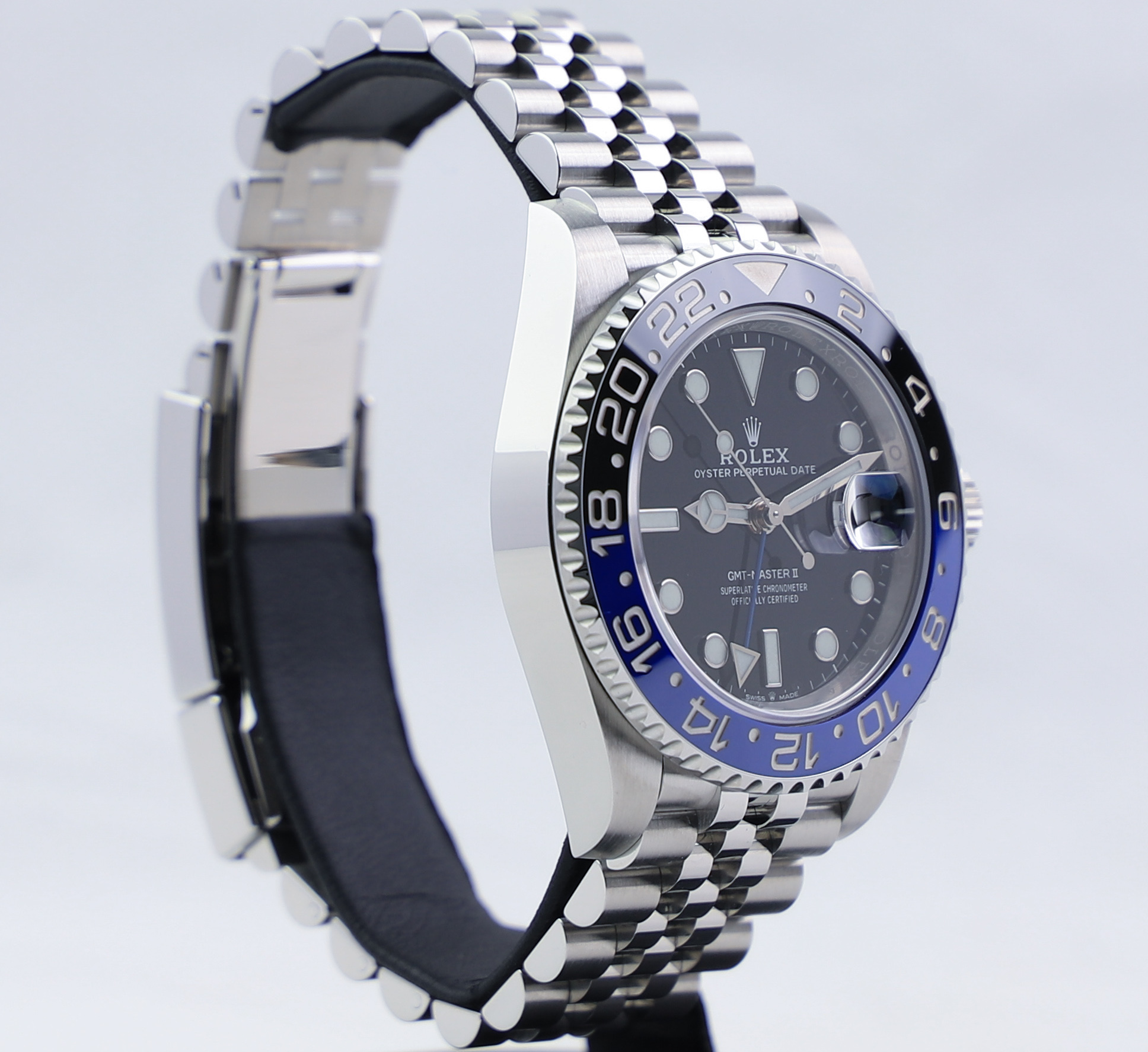
Each Rolex bracelet has its purpose and amongst the options of bracelets, the Jubilee bracelet is a mixture between the Oyster and President bracelet. It is less sporty and more elegant than the Oyster bracelet, but it is also less dressy than the President bracelet.
Over the years, the Jubilee bracelet has been used for a wide variety of watches, but technically, it has always remained the same. Equally so in terms of looks, it still stays very true to the original design. This goes to show just how timeless the Jubilee bracelet design truly is.
Rolex Jubilee bracelet design
The Jubilee bracelet has a five-piece, semi-circular link design, which appears more luxurious and elegant than the Oyster because of having 5 links instead of 3. The increased number of links also means that the Jubilee bracelet catches the light beautifully and almost looks like a piece of jewelry in itself.
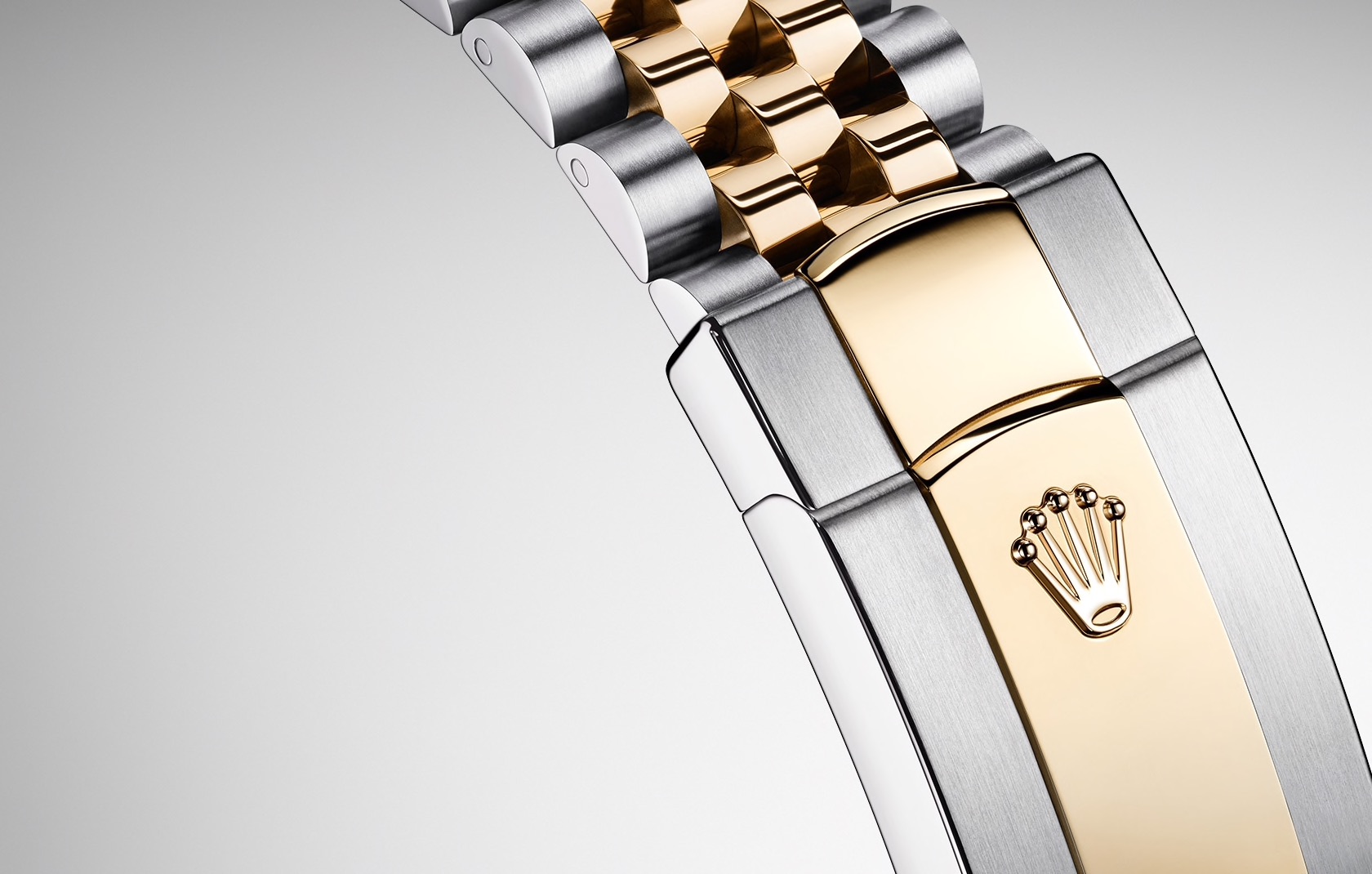
This design has come to become so iconic that it is a bracelet that you immediately associate with Rolex.
The three middle links on the Jubilee bracelet are polished, and the links on each side are brushed. The sides of the bracelet are polished, and the inside is brushed. The Jubilee bracelet links are flat on the inside, which makes the bracelet sit more snug against the wrist which really is a great design feature.
Rolex Jubilee bracelet reference numbers
Over the years, Rolex has released a number of different Jubilee bracelet references. Each new reference means a new revised and refined bracelet in one way or another. Some updates are more notable than others.
Something that has changed several times over the years is the clasp of the Jubilee bracelet.
Most notable of the Jubilee bracelets are the 7xxx and the 9xxx series with a dozen of end links to match.
The Rolex Jubilee 6251H was the bracelet of choice for the vintage Rolex GMT from its very early beginnings.
Furthermore, the Rolex Jubilee was an option offered on the early Rolex Daytona watches as it could accommodate both the 20mm for the GMT and the 19mm flush fit for the Daytona.
Originally, the first Jubilee bracelet in full gold featured an exposed, flat clasp with the Rolex crown at the top. Following, Rolex changed to smaller, larger, more modern, hidden, and now, the Oyster clasp.
Now, here are some of the reference numbers of the Jubilee bracelets:
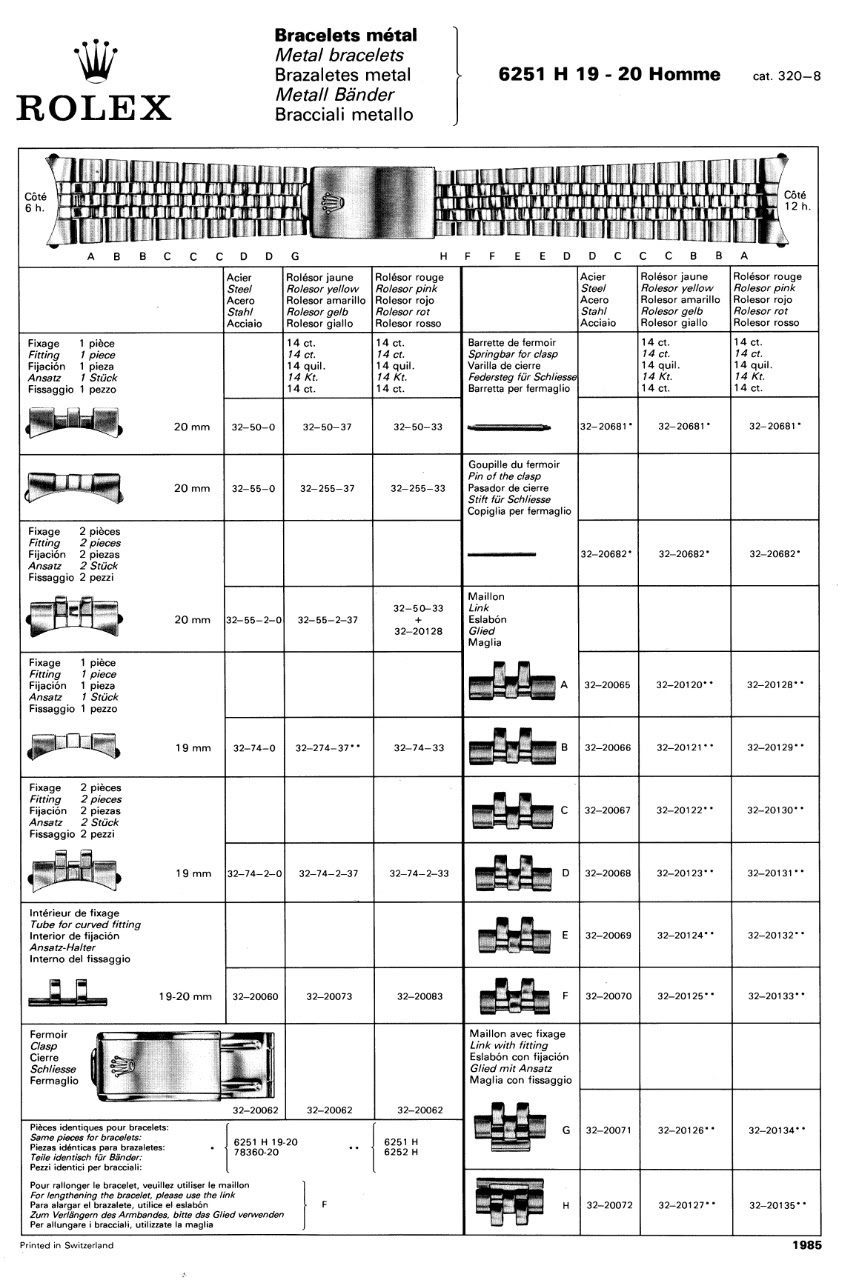
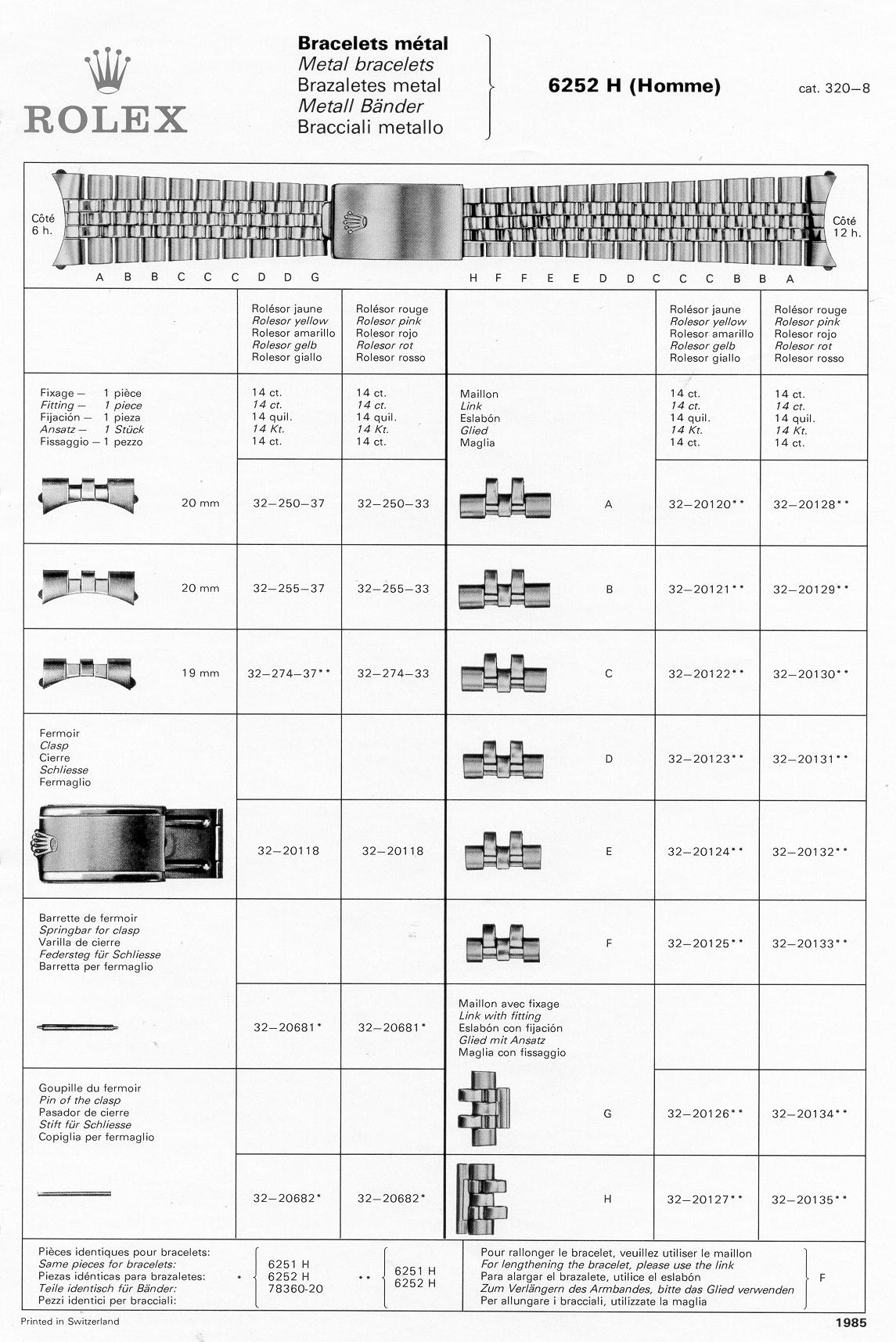

- 63130 – 63131 – 63133 13 mm-Lady-Datejust
- 63160 – 63161 -63163-16 mm-Datejust 31 mm
- 63208-20 mm-Datejust 36 mm
- 63600 – 63601 – 63603 20 mm Datejust 36 mm
- 64169-16 mm-Datejust 31 mm
- 72848 – 72849-17 mm-DateJust “Special Edition”
- 74818 – 74819 17 mm-DateJust “Special Edition”
- 74828 74829 17 mm-DateJust “Special Edition”
- 74838-17 mm-DateJust “Special Edition”
- 74848-17 mm-DateJust “Special Edition”
- 74858-17 mm-DateJust “Special Edition”
- 72746 -72748-20 mm-Day-Date-” Special Edition”
- 72748 Tridor-20 mm-Day-Date “Special Edition”
- 74746 Bril-20 mm-Day-Date “Special Edition”
- 74138 – 74139 13 mm-Lady-Datejust
- 62510H stainless steel 20mm. For Rolex references 16750, 1601, 1600 depending on the end link.
- 62523H Jubilee bracelet
- 63600 Rolex Super Jubilee. Hidden crown clasp. Fits many sports models such as 16710BLNR.
- 6251H The 6251H is the older, less robust version of the Jubilee reference 62510H. This is because the links are folded, unlike the 62510H which has solid links.
- 6311
- 63110
- 6252h. Released in the 1960s.
The H at the end of the reference numbers stands for ”Homme”, as in men.
In 2018 came a huge change to the Jubilee bracelet. Rolex originally offered the GMT-Master on Jubilee or Oyster bracelet, but eventually, Rolex removed the option of Jubilee bracelet for their steel sports models
However, in 2018, Rolex released their latest GMT-Master II in steel with a Pepsi bezel and Jubilee bracelet. Then in 2019, Rolex came to introduce yet another version of the new steel GMT-Master II on the Jubilee; the black and blue bezel version aka the Batman reference 126710BLNR.
With this launch, Rolex also stated that from now on, the GMT-Master II in steel will be only available with a jubilee bracelet.
Not only is this a major introduction to use the Jubilee bracelet for sports models, but it also goes to show that the Jubilee bracelet, while timeless, is very much in fashion right now.
Rolex Jubilee bracelet stretch
Probably the most notable issue with Rolex Jubilee bracelets is the immense stretch that they develop over time. This is particularly true for the earliest Jubilee bracelets. Over time, because of wear, the earlier Jubilee bracelets get a lot of stretch, even to the point where you hold the watch’s head on the side, the bracelet does almost a 90-degree turn.
Here is an example of what we mean:
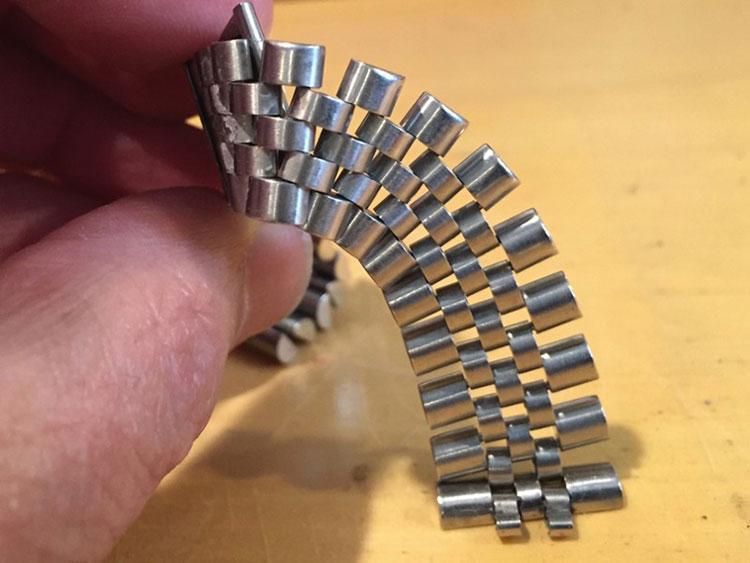
Photo: https://www.rolexforums.com/showthread.php?t=446594
When a bracelet gets this type of stretch, it not only becomes uncomfortable on the wrist, but the watch slides around on the wrist and doesn’t sit steady. But it is also a danger, as more stretch means even more wear, tear, and stress on the bracelet, which ultimately can mean that it will break. Now, all bracelets will get stretched over time when used, but depending on how they are built, they may get more or less stretch.
As written on Rolexforums:
”The “stretch” isn’t metal bending or weakening, it’s due to friction when the bracelet link pins rotate inside and wear the holes. The more the links move, the more they wear and looser they become. The result is an apparent “stretch”. Wearing your bracelet tight will reduce the movement of the links and reduce the rate of wear compared with if you wear your bracelet loose. Loose-wearing = accelerated wear/stretch.”
The stretch also has to do with dirt, grime, and such being abrasive and wearing the bracelet pins and links where they make contact. This is why, in particular, if you have an older Jubilee bracelet, it is a good idea to clean it with a toothbrush, soap, and warm water.
Note that Rolex does not fix the stretch of a bracelet if you send it in for repair. Instead, they will replace the bracelet.
Now, of course, Rolex has acknowledged this issue, since their goal is to manufacture watches and accessories that will last for generations. But as a matter of fact, the older Jubilee bracelets will barely last for one generation if used regularly. The reason why the earlier Jubilee bracelets got so much stretch is that they did not use solid links, similar to the Oyster bracelets of the time. Instead, the links are folded. The folded links do not provide the same robustness and resistance to wear as solid links.
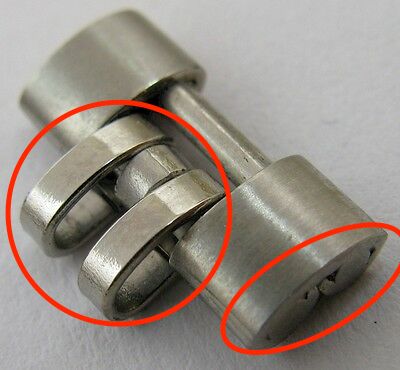
Not only are the links folded, but the middle-link structure only consists of two metal ”rings”, which, as you can see in the image, are not very sturdy and robust.
The first step to making more robust Jubilee bracelets is introducing solid links, and this, of course, Rolex has done.
So, what has Rolex done about this issue?
Well, it’s safe to say that the issue with stretch on the Jubilee bracelets has become better and better with each new reference that Rolex has released. One of the major updates to the Jubilee bracelet is when they introduced solid links.

Another huge update to the most modern Jubilee bracelets is one that not everyone is aware of, and that is that Rolex has implemented ceramic into its links to minimize stretch. It’s something that most people will never find out, but which have a huge effect on the technical functionality of the bracelet and minimizing stretch.
Rolex Oyster bracelet VS Jubilee
This is an interesting comparison, and really, there’s no right or wrong here.
Some people just prefer the sportiness of the Oyster bracelet above the classiness of the Jubilee bracelet, or the other way around.
There’s no denying that the Oyster bracelet is far sportier and more robust than the Jubilee bracelet, so it depends on if you are more towards the dressier, or more towards the sportier side of things.
Both bracelets are of course finished to perfection and have a high feel of quality to them. Prior to the release of the GMT, the Jubilee bracelet was mainly seen as a classy dressier bracelet. But now that it is used on multiple steel sports watches, this perception has changed slightly.
Now, the Jubilee bracelet has proven that it is a perfect all-around bracelet that works all around. The Oyster bracelet, on the other hand, is not perceived as elegant, which makes it less suitable for more dressed-up occasions. Even though, of course, the Submariner, for example, has proven to work with a suit exceptionally well.
At the end of the day, it comes down to preference. Both the Jubilee and Oyster are great bracelets and really comfortable to wear.
Conclusion
Just like Rolex’s watches, the Jubilee bracelet has gotten an iconic place in history and in the world of watch bracelets. And like all of Rolex’s products, it has been iterated, improved, and refined, over the years, in order to be able to offer superior reliability and quality.
Today, the Jubilee bracelet is one of Rolex’s most popular bracelets which finds its way into more and more models from Rolex.
The fact that it was released in 1945 proves that, just like many of Rolex’s watches, they pass the test of time as truly timeless classics.
Do you have any additional specific questions regarding Rolex bracelets? Consult one of our watch experts here!





will a factory jubilee replacement bracelet for a 16233 1992 datejust have the newer solid links
Hi,
No, the factory replacement bracelet will have hollow/folded end links, just like the original.
Kind regards,
Millenary Watches
Does Lady Datejust 179313 26mm have solid or hollow links in the jubilee bracelet ?
Hi,
This model has solid links.
Kind regards,
Millenary Watches